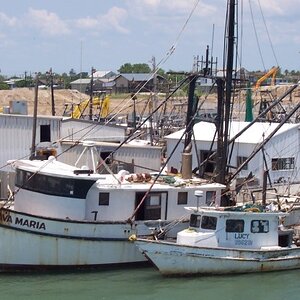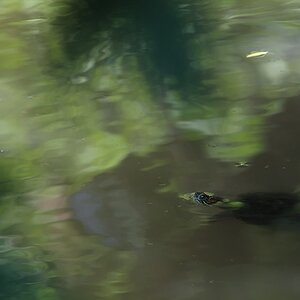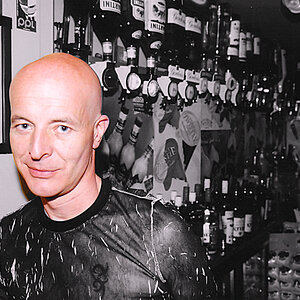orbit6781
TPF Noob!
- Joined
- Nov 29, 2017
- Messages
- 2
- Reaction score
- 0
- Can others edit my Photos
- Photos OK to edit
What Watt Seconds should fill lights have for product photography?
I get confused because some of what I have read is for portrait photography. My question is on product photography.
I also get confused most books talk about the Ws for main lights, not fill lights.
Should one purchase fill lights with at least 600 Ws? Or at least 1000 Ws? Or at least 300 Ws?
The photography will be taking place indoors in a studio.
Thank you.
I get confused because some of what I have read is for portrait photography. My question is on product photography.
I also get confused most books talk about the Ws for main lights, not fill lights.
Should one purchase fill lights with at least 600 Ws? Or at least 1000 Ws? Or at least 300 Ws?
The photography will be taking place indoors in a studio.
Thank you.


![[No title]](/data/xfmg/thumbnail/39/39480-e4e26ffe5c6148262ac81eff975a5c0e.jpg?1619739047)
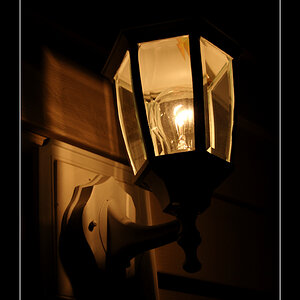
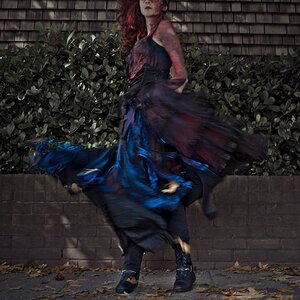


![[No title]](/data/xfmg/thumbnail/39/39225-99d579cd498f8f152a288d7e8e7ad2a4.jpg?1619738926)
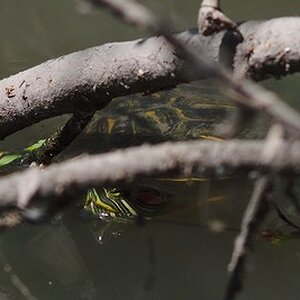
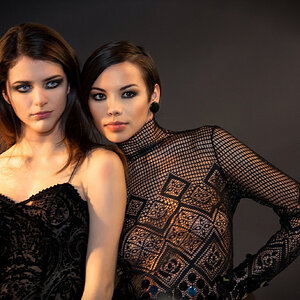
![[No title]](/data/xfmg/thumbnail/41/41795-6bc3a19e590a6be6bd169ab2acaee30d.jpg?1619739896)
